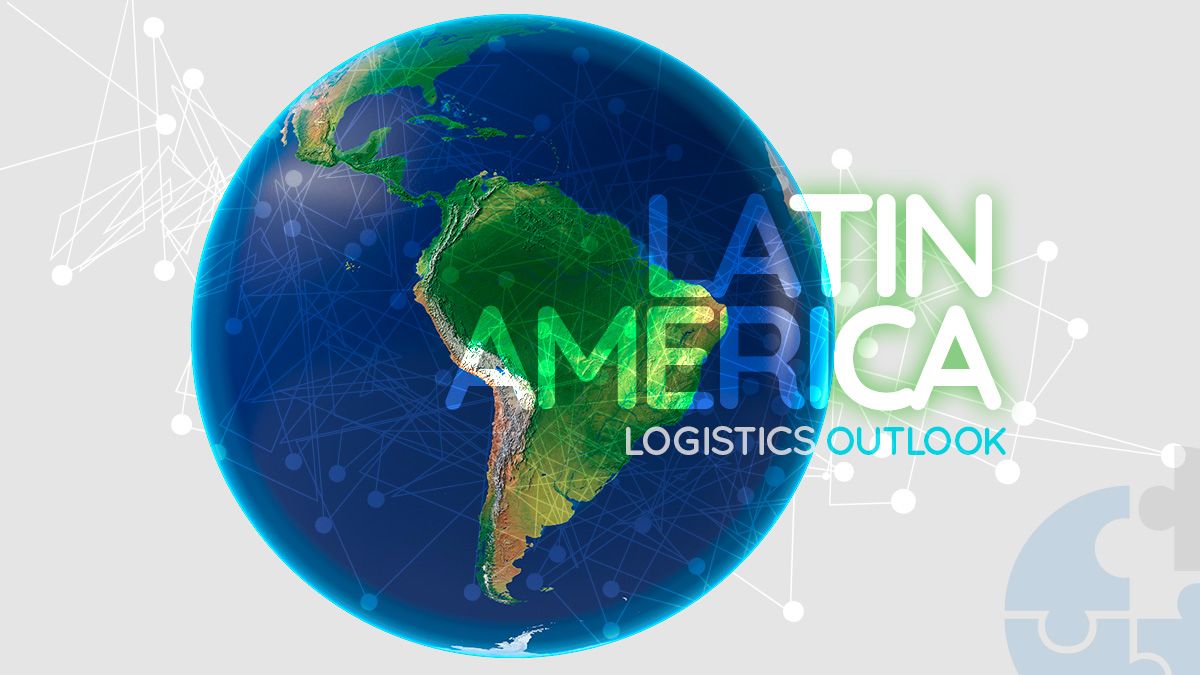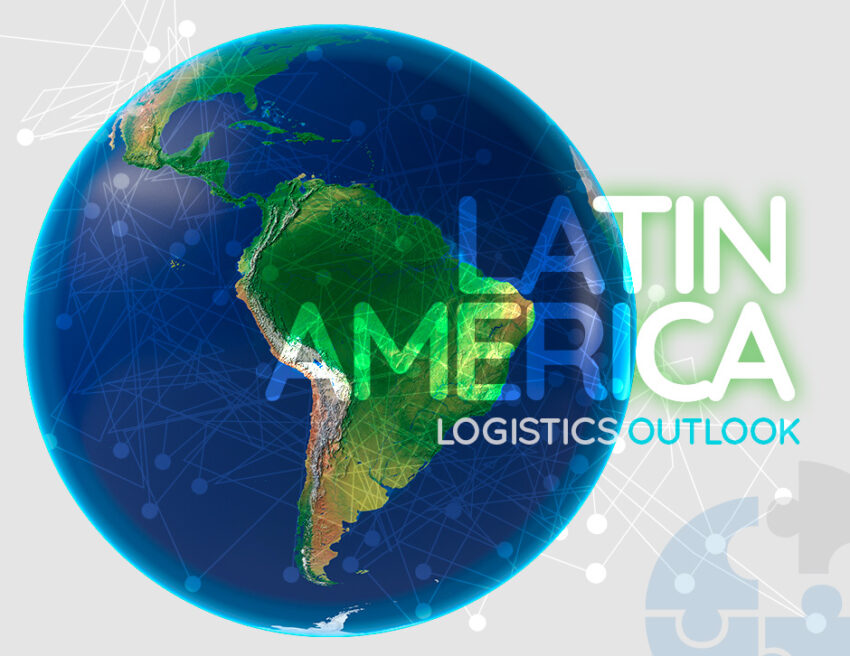The freight and logistics market in Latin America plays a crucial role in the commercial landscape of the continent, facilitating the movement of goods and services across a range of industries. Last year, the market reached a major milestone, achieving a value of USD 1.5 billion. The South American freight and logistics is predicted to undergo a strong growth trajectory, with an estimated compound annual growth rate of 7.5% projected between 2024 and 2032. In the next eight years, industry experts anticipate the South American logistics market will escalate to a value of USD 2.88 billion, underscoring its essential role in the regional economy.
In today’s blog we will take you through some of the key features of the freight and logistics market of Latin America and discuss how independent freight forwarders operating in the continent can expand their operations.

-
The outlook of the freight and logistics market in Latin America
E-commerce and Infrastructure Investments Driving the Freight Transport Market in Latin America
The logistics and freight transport market in Latin America is experiencing rapid development, driven by significant investments in infrastructure and the burgeoning e-commerce sector. The rapid growth of the e-commerce sector in South America is a major driver for the increased demand for transportation services. In 2023, the region’s e-commerce sector generated revenues of USD 58.38 billion, up from USD 51.79 billion in 2022. Projections indicate a compound annual growth rate (CAGR) of 13.50% from 2023 to 2027, with revenues expected to reach USD 96.87 billion by 2027. Additionally, the user base is anticipated to expand, with estimates predicting it will reach 244.1 million by 2025. In 2022, the user penetration rate stood at 54.0%, projected to rise to 58.7% by 2025.
Brazil’s Ambitious Infrastructure Goals
Brazil is at the forefront of this transformation, setting an ambitious target to attract around BRL 180 billion (USD 34.03 billion) in private investments for new rail and highway projects from 2024 to 2026. This initiative is part of Brazil’s broader strategy to modernize and expand its road freight infrastructure required enhancing long-haul trucking capabilities. An important development in this regard is the Inter-American Development Bank (IDB) approving a USD 480 million loan in 2023 for the State of São Paulo Highway Investment Program. This program aims to bolster the state’s production chains, improve production capacity, and foster regional integration. Additionally, Brazil is trying to secure USD 62 billion in highway investments by 2026, reflecting its commitment to infrastructural development.
Efficient Warehousing
Efficient warehousing and distribution networks are pivotal to the success of the logistics market, and Latin America has seen substantial investments in this area. State-of-the-art warehouses equipped with advanced technologies are transforming inventory management and order fulfillment processes across the region. These developments play a crucial role in streamlining supply chains, reducing lead times, and ensuring timely deliveries.
Argentina’s Enhanced Logistics Capabilities
Argentina is also making strides in improving its logistics capabilities. In September 2023, DHL Express launched new freighter flights between Miami and Buenos Aires to enhance delivery efficiency. These flights, managed by DHL Aero Expreso in Panama, utilize a B767-300 freighter with a 52-ton capacity. Operating six times weekly, the service routes from Miami International Airport (MIA) to Buenos Aires (EZE) via Santiago, Chile (SCL), and back. This initiative aims to expedite customs clearance in Argentina by 10% on the same day as arrival and increase same-day deliveries by 50%.
Technological integration
The logistics landscape in Latin America is undergoing a profound transformation through the integration of technology. From real-time tracking and route optimization to the application of Artificial Intelligence (AI) in predictive analytics, technology is significantly enhancing the efficiency and transparency of logistics operations. This digital transformation is not only boosting overall logistics performance but also catalyzing innovation in service offerings.


